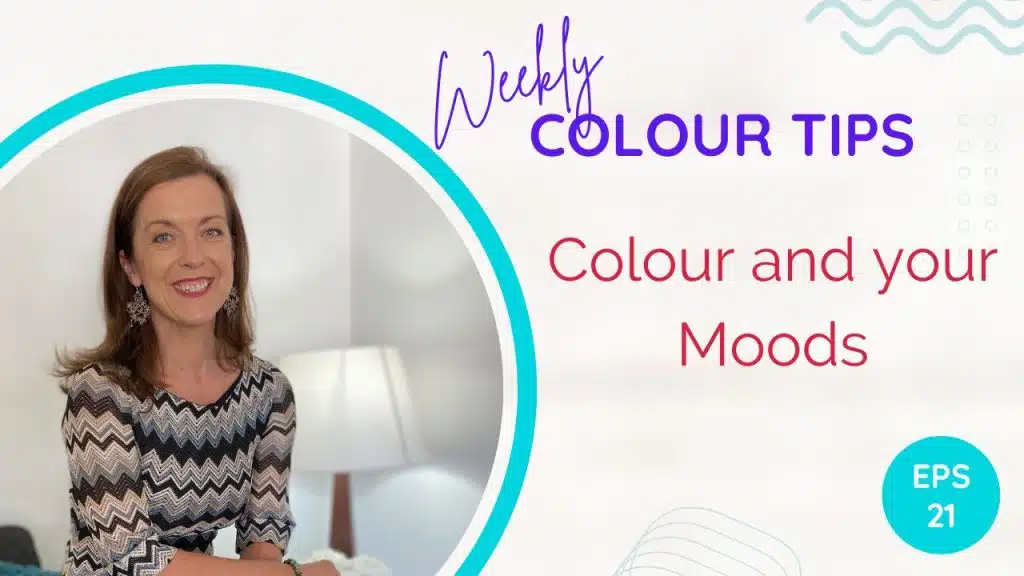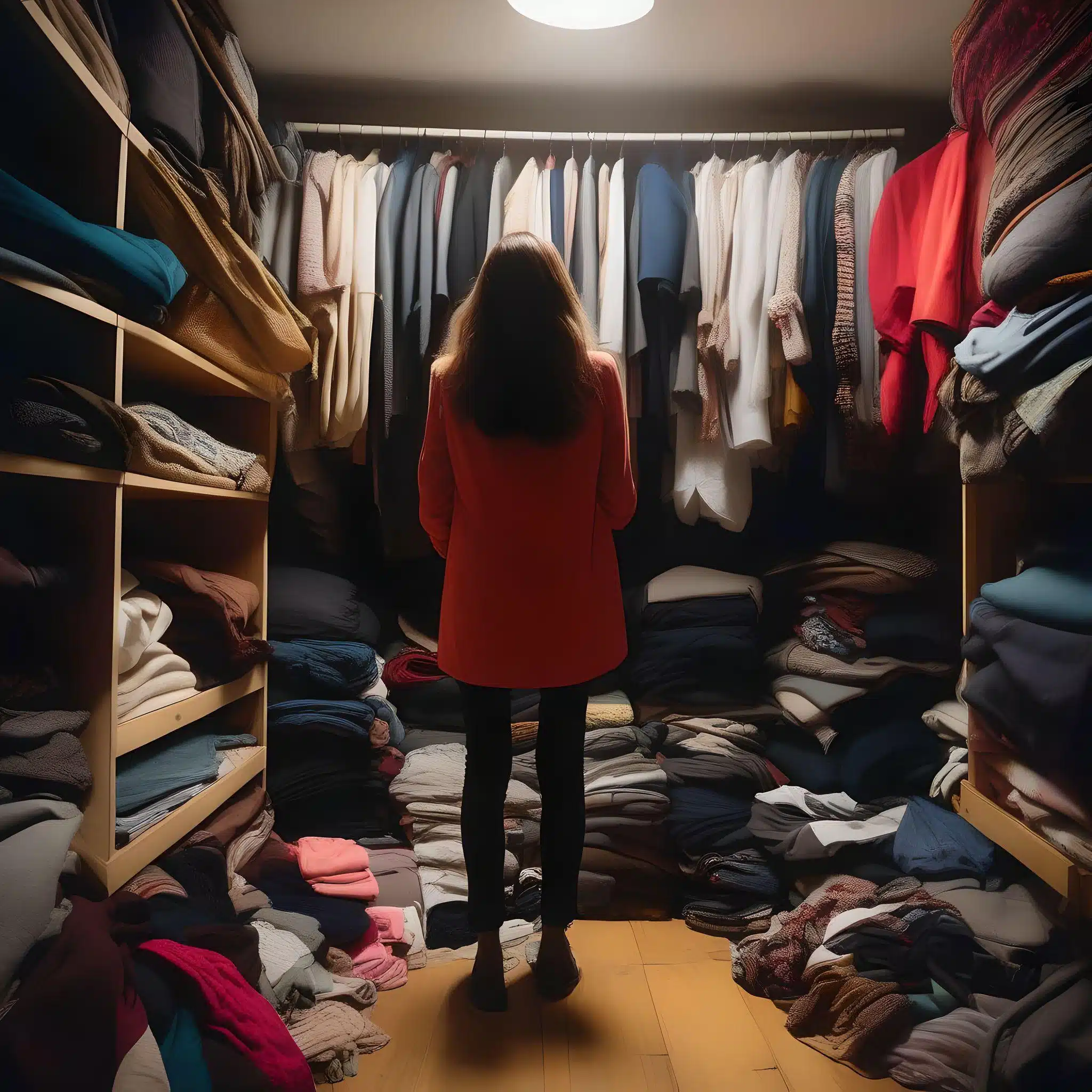Can colors affect your mood? The unequivocal answer is yes. Colors wield a profound influence over how we feel, what we do, and how we engage with various situations. In this exploration of color and mood, we’ll delve into the basic warm and cool colors on the color wheel, understanding their emotional impact, and how they can shape our experiences.
Let’s start with warm colors: red, orange, and yellow. These colors are synonymous with passion, energy, and sensuality. Warm colors evoke strong emotions, often igniting a fiery and intense response. Consider red, the color of love and also of anger. It’s a potent hue that demands attention and provokes visceral reactions. Yellow, on the other hand, radiates brightness and sunshine, but for some, it may be associated with illness, creating a complex interplay of emotions. Then there’s orange, a fruity and joyful color that can polarize opinions, with some finding it invigorating and others not so much.
Warm colors should be used thoughtfully, especially in high-energy work environments, as they can be overwhelming and draining. They are best reserved for situations where you want to evoke enthusiasm or create a passionate atmosphere.
Now, let’s shift our focus to cool colors: blue, green, and purple. Cool colors evoke feelings of calmness and tranquility. They act as emotional decompressors, making them perfect for moments of anxiety or stress. Blue, often associated with the sky or a serene sea, can range from light and soothing to deep and intense. Light blues remind us of clear skies on a peaceful afternoon, while dark blues can convey a sense of depth and intensity, akin to an impending storm.
Green, with its ties to nature, offers a sense of renewal and balance. It’s the color that brings harmony and calmness, making it an excellent choice for creating a relaxed and peaceful environment.
Then there’s purple, a color that often symbolizes luxury and creativity. It blends the stability of blue with the passion of red, resulting in a color that sparks imagination and introspection. It’s a color that can enhance your mood and inspire creativity.
The choice of colors you wear and surround yourself with can significantly impact your emotional state and the way others perceive you. Colors are not just aesthetic choices; they have the power to influence our feelings and interactions.
For example, if you’re preparing for an important meeting where you need to exude confidence and professionalism, consider wearing cool colors like blue or green to convey a sense of calm and trustworthiness. On the other hand, if you’re gearing up for a lively social gathering or a date night, warm colors like red or orange can help you radiate enthusiasm and passion.
In conclusion, colors are more than just visual aesthetics; they are powerful tools that can shape our moods, emotions, and interactions. Understanding the impact of warm and cool colors allows us to make intentional choices that align with our objectives and desired outcomes.
So, the next time you select an outfit or decorate a room, consider the emotional impact of the colors you choose. Whether you seek energy and vibrancy or calm and serenity, the world of color is a versatile palette that allows you to create the mood and atmosphere you desire. Remember, color is not just a visual experience; it’s an emotional one.




